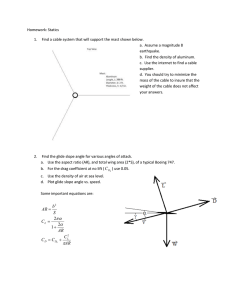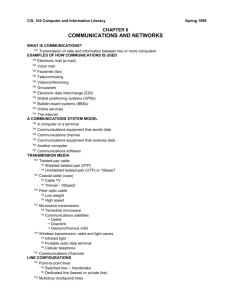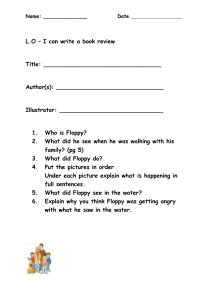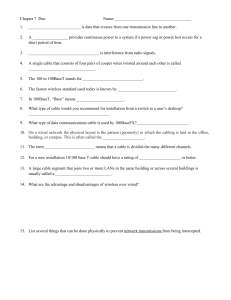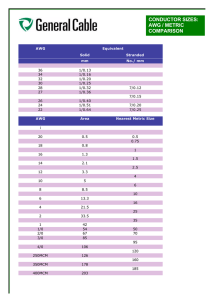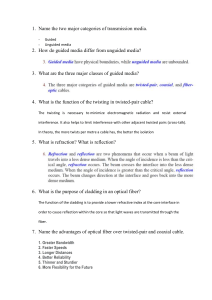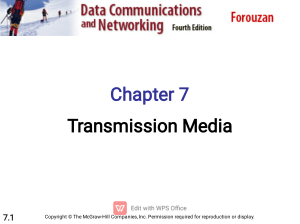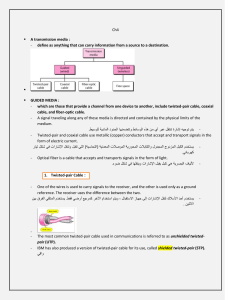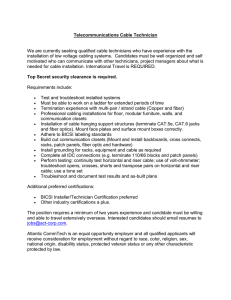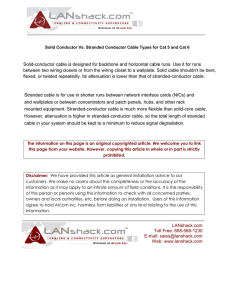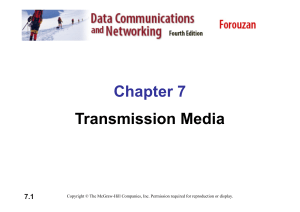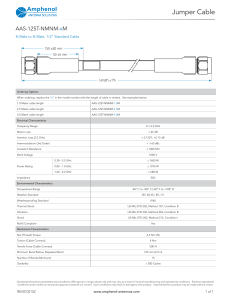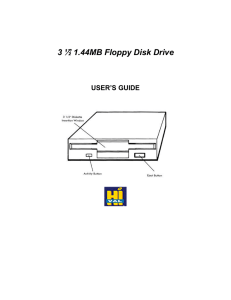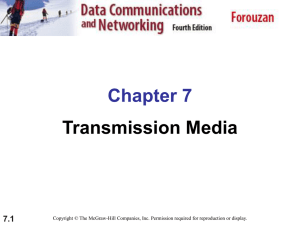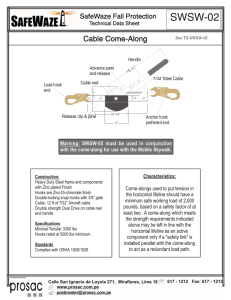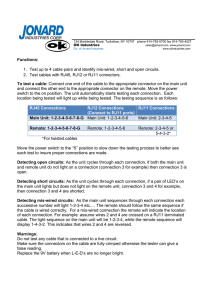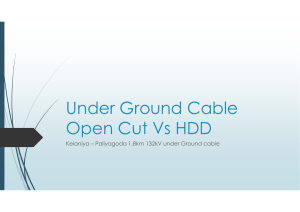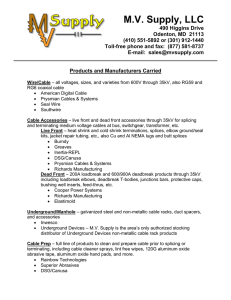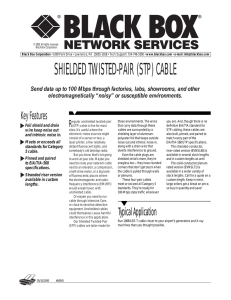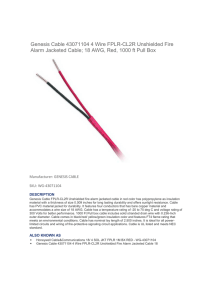Literacy Exam #3 Review Questions
advertisement
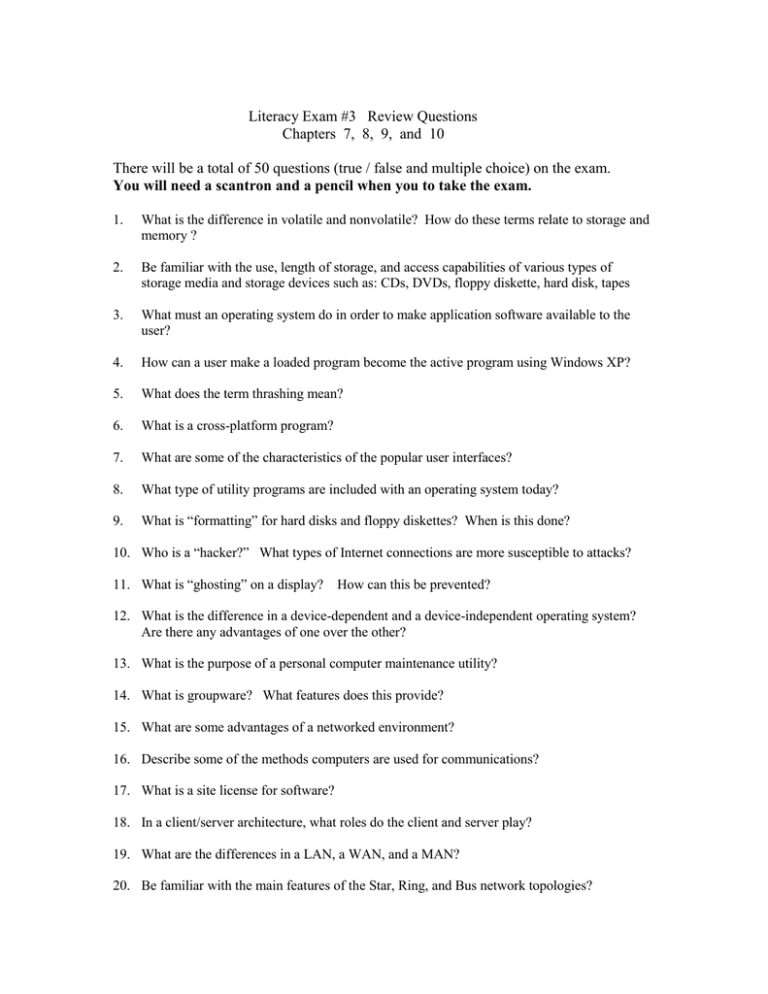
Literacy Exam #3 Review Questions Chapters 7, 8, 9, and 10 There will be a total of 50 questions (true / false and multiple choice) on the exam. You will need a scantron and a pencil when you to take the exam. 1. What is the difference in volatile and nonvolatile? How do these terms relate to storage and memory ? 2. Be familiar with the use, length of storage, and access capabilities of various types of storage media and storage devices such as: CDs, DVDs, floppy diskette, hard disk, tapes 3. What must an operating system do in order to make application software available to the user? 4. How can a user make a loaded program become the active program using Windows XP? 5. What does the term thrashing mean? 6. What is a cross-platform program? 7. What are some of the characteristics of the popular user interfaces? 8. What type of utility programs are included with an operating system today? 9. What is “formatting” for hard disks and floppy diskettes? When is this done? 10. Who is a “hacker?” What types of Internet connections are more susceptible to attacks? 11. What is “ghosting” on a display? How can this be prevented? 12. What is the difference in a device-dependent and a device-independent operating system? Are there any advantages of one over the other? 13. What is the purpose of a personal computer maintenance utility? 14. What is groupware? What features does this provide? 15. What are some advantages of a networked environment? 16. Describe some of the methods computers are used for communications? 17. What is a site license for software? 18. In a client/server architecture, what roles do the client and server play? 19. What are the differences in a LAN, a WAN, and a MAN? 20. Be familiar with the main features of the Star, Ring, and Bus network topologies? 21. What is TCP/IP? 22. Be familiar with the characteristics of the following types of transmission media: twisted-pair cable, coaxial cable, fiber-optic cable, microwaves, satellite, infrared 23. What are the data characteristics that generate valuable information? 24. What are the 3 procedures implemented in file maintenance? 25. What are some of the validity checks that may be performed to help determine the accuracy of data? 26. What are some differences in a file processing system and a database approach to store and manage data? 27. What is a Web database? 28. What are some of the characteristics of a relational database? 29. What is the difference in sequential and direct access? Which media uses which access method? 30. What are some of the different access privileges that may be implemented for security?


